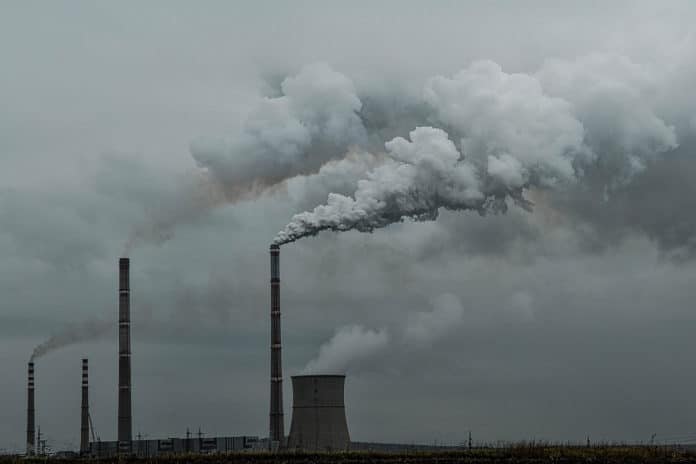Talk of removing carbon dioxide from the atmosphere is spilling out of scientific circles. When it comes to carbon storage, some MIT researchers think the best solution is to find the fastest way to turn carbon into rock.
MIT has now released some ideas on what it would take for the world to keep global temperatures within limits deemed safe by the Intergovernmental Panel on Climate Change means doing more than slashing carbon emissions.
“If we want to be anywhere near those limits [of 1.5 or 2 C], then we have to be carbon neutral by 2050, and then carbon negative after that,” says Matěj Peč, a geoscientist and the Victor P. Starr Career Development Assistant Professor in the Department of Earth, Atmospheric, and Planetary Sciences (EAPS).
Going negative will require finding ways to radically increase the world’s capacity to capture carbon from the atmosphere and put it somewhere where it will not leak back out. Many carbon capture and storage projects already suck in tens of million metric tons of carbon each year. However, not all of these methods are equally good.
It’s expensive and energy-intensive to capture carbon from the air with existing technologies, which are “hellishly complicated.” It is also difficult to find geologically suitable sites for storage. To keep it in the ground after it has been captured, researchers say carbon must either be trapped in airtight reservoirs or turned to stone.
Peč has created a proposal – called the Advanced Carbon Mineralization Initiative – for the MIT Climate Grand Challenges competition that aims to bring geologists, chemists, and biologists together to make permanently storing carbon underground workable under different geological conditions. That means finding ways to speed up the process by which carbon pumped underground is turned into rock or mineralized.
“That’s what the geology has to offer,” says Peč, who is a lead on the project. “You look for the places where you can safely and permanently store these huge volumes of CO2.”
Peč hopes that his Climate Grand Challenge proposal would explore ways to make carbon mineralization happen more rapidly by mixing the carbon dioxide with different fluids before injecting it underground.
Another idea is to learn from various organisms adept at turning carbon into calcite shells, the same stuff that makes up limestone. Two other carbon management proposals focus on both the technologies necessary for capturing and storing gigatons of carbon as well as the logistical challenges involved in such an enormous undertaking.
“We need to have an industry that is on the scale of the current oil industry that will not be doing anything but pumping CO2 into storage reservoirs,” says Peč.
